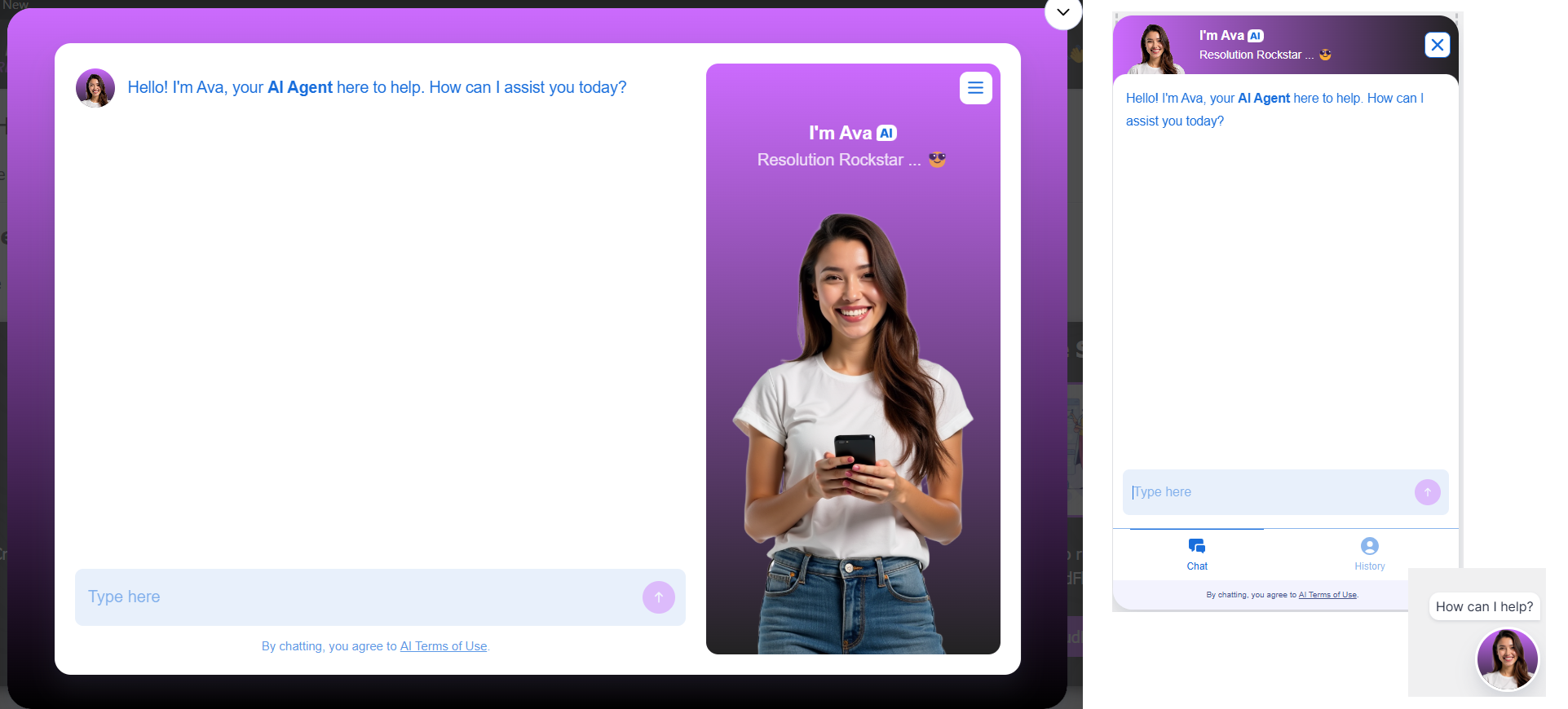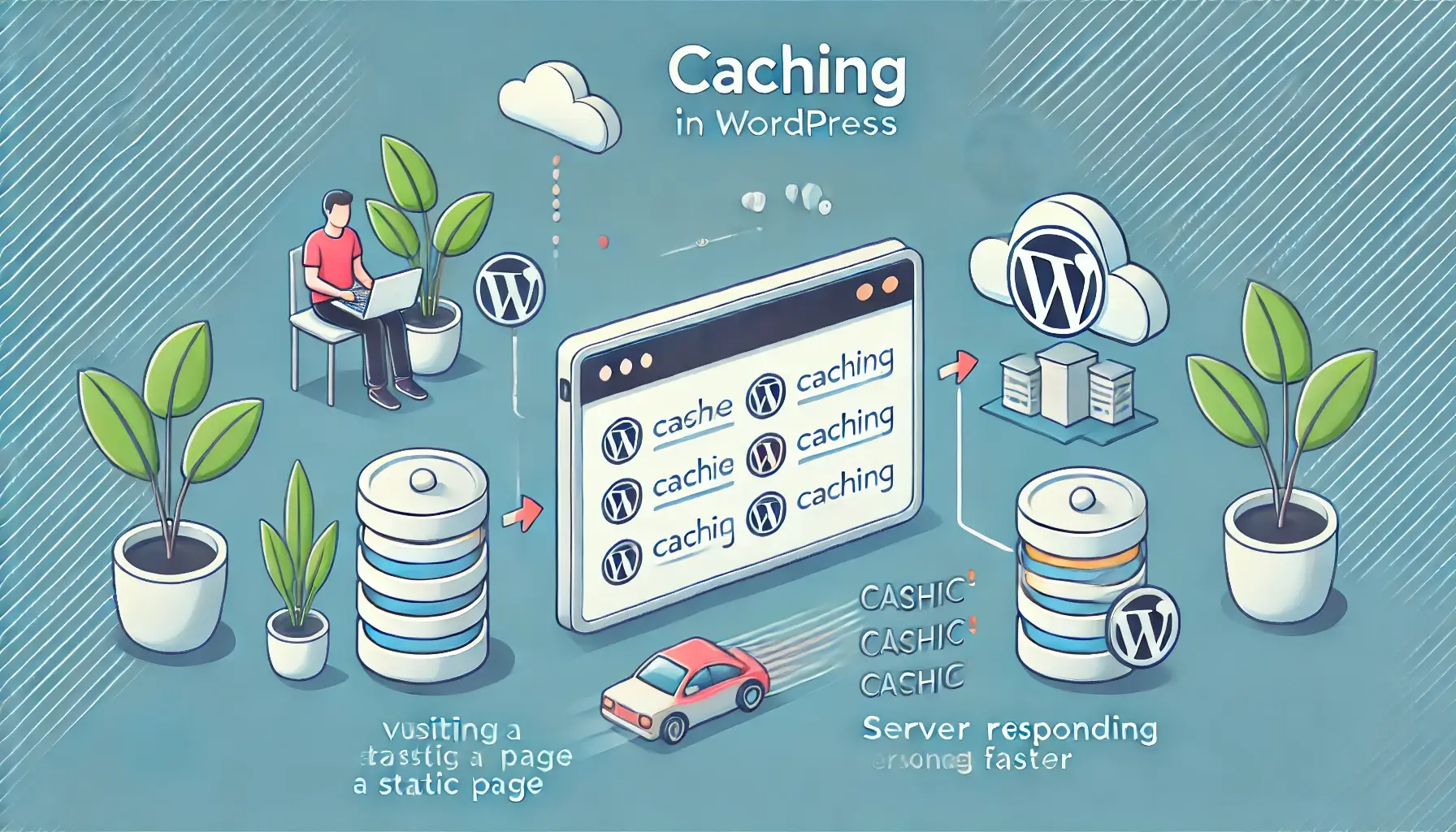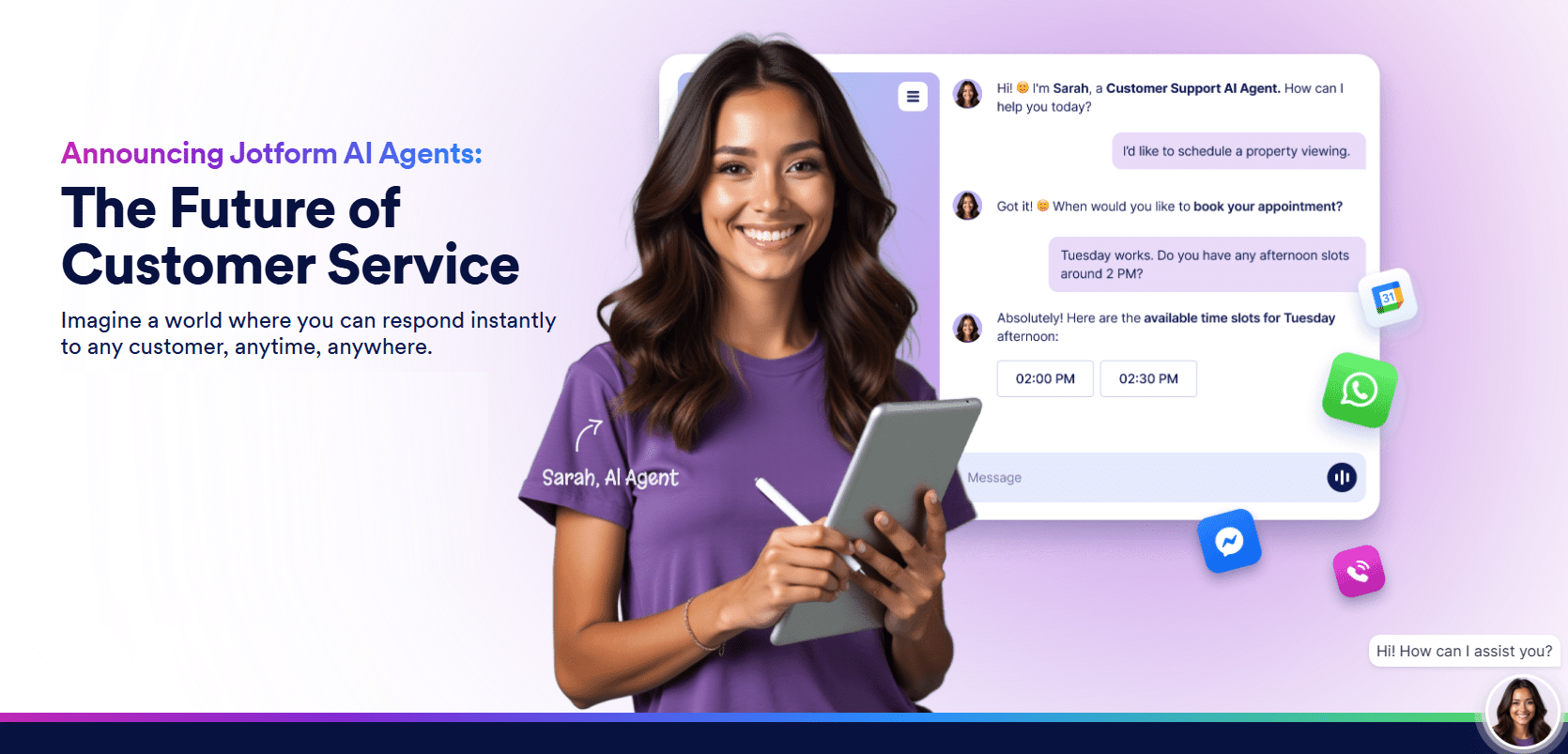
Want to learn How to Create a WordPress Blog?
Creating a blog for an Amazon business is one of the best ways to build authority and provide ongoing, relevant content marketing examples for your customers.
Although having a complete and informational Amazon product page or A+ page should be the priority, one should never underestimate the power of having a website in providing information, generating traffic, and promoting sales.
That said, WordPress is an excellent platform for sellers to build their websites. Not only is it beginner-friendly, but there are a lot of amazing advanced features available to experienced WordPress users as well. This guide outlines ten easy steps that business owners should follow if they plan to create a WordPress site on their own. Keep reading to learn more!
1. Choose an appropriately-fitted domain name for your website
When business owners decide to start a blog, they get started by securing the perfect domain name. A domain name is the primary address of the website. It can be as straightforward as the business name or as specific as one of the most popular products.
Because this is where business owners direct their audience, it must be easy to remember and type. In addition, you should avoid creating a domain that users can misspell. Finally, keep in mind that it’s good to incorporate the main keyword the business aims to target in their domain name to maximize potential SEO reach.
2. Sign up for a reliable web hosting service
After deciding on a domain name, the next step is to choose a hosting web service. Although WordPress offers hosting services, alternatives that might better fit your site needs are available. We have the MOST AMAZING hosting platform here with FREE WordPress support. Check it out at https://www.wpfixit.com/secure-reliable-wordpress-hosting.
It’s always best to check how these services compare with one another. A good web hosting service should have close to 100% uptime, storage, monthly traffic allowable, and pricing. With the variety of hosting services available, there will be the best fit for whatever an Amazon FBA seller is looking for, no matter how specific their requirements are.
3. Install the WordPress software and log in to the website
What’s a WordPress website without having an account? The next step in building your site is to create a WordPress account and install it on your website. Some web hosting services offer seamless installation, and although it’s not too complicated to set up a WordPress site from scratch, automatic installation helps the user save time and effort.
4. Choose your site’s title and tagline
After the installation, it’s time to start customizing! The first thing for a business owner to do is to develop an appropriate title and tagline for their website. This will be the foundation of their site, along with its logo. It has a significant impact on how people perceive what’s in store for them once they land on the page, so it must be catchy but not misleading at all!
A good practice when coming up with a blog post content headline is to make sure that keywords are included in this section because search engines tend to give more weight to words used in titles than any other part of content. You should note that the title and tagline may change over time as the website gets more content, but it’s a great place to get started!
5. Create a new post to start blogging
After you’ve settled on a title and tagline, it’s time to start creating content! The first blog post is usually written about a topic that the business owner is passionate about. This will motivate them to keep on writing and sharing their knowledge with others interested in learning from what they have to say.
Remember, it’s best practice to publish posts relevant to your target audience, as well as high-quality written content. Web pages without compelling information won’t last long at all since there are millions of other blogs out there waiting for people like Amazon FBA sellers searching for tips and tricks online. So make sure that every content on the website is informative!
6. Add content to the blog by uploading images, videos, links, and quotes
Don’t forget, blogs aren’t just about text. Websites can include many other blog content types, such as images, videos, links, and quotes! These things make the website more exciting and engaging for those reading it to avoid getting fatigued quickly.
Another way to add value to your site is by providing a space for a conversation and community. By having dialogue surrounding your niche topics, the pages can gain popularity and become more powerful. In addition, by being a central space for people with similar interests to gather, your business can build a reputation for being a leader in that category.
After writing quality content time after time, amazon FBA sellers start building trust among customers who would eventually want to buy from them down the road when they see the need.
7. Select suitable colors and fonts to go with the website
Choosing the right colors and fonts for a website is another critical step for Amazon sellers to consider on their WordPress site. Because this will be the first thing customers see, you must deliver a great first impression of your brand on the site.
The ideal color scheme can go a long way in improving user experience and building trust among readers. Web pages with colorful themes tend to be more inviting than those which only use basic blacks and grays! Play around with what kind of colors work best for your brand by trying and testing. It also helps if business owners start looking at competitors’ websites to better understand what shoppers could compare your page to.
8. Add widgets like social media buttons and Google Adsense ads
Adding widgets like social media buttons and Google Adsense ads allows site owners to share content quickly on various platforms with just one click. In addition, widgets can help generate more traffic for web pages online by spreading blog posts across different channels at once!
They are an excellent way to start building relationships with people interested in what your brand has to say with ease!
Other notable widgets include sharing links, quotes, images, videos, or audio files, which adds interactivity between the site owners and those visiting it daily.
9. Customize your menus and sidebars for a more “personalized” feel
Customizing menus and sidebars give your website a personalized feel while also making it easier for customers to navigate through the different pages on your website. You can add even more value by adding contact information, social media profiles, and other important data to the site’s sidebar. This shows that a brand is open to communication and will make things easy when people want to get in touch quickly.
10. Create pages for different sections of the blog like the “About” section or “Contact Me” page
Creating pages for different sections like the “About” or “Contact Me” page will give customers a better idea about who Amazon FBA sellers are, what their brand represents, what they offer, and how customers can contact them.
See to it that these pages contain the information that visitors might need from the business. Knowing enough about the brand can help encourage possible sales down the road.
Final Thoughts: It’s Best to Invest in a WordPress Website If You’re an Amazon Seller
Creating a WordPress account is an investment for any Amazon business. A website lets FBA brands begin building their online presence, create content for their website, and engage with customers interested in what they have to say. Once you’re confident in your website, you can expand on your FBA marketing initiatives through Amazon DSP, Google Ads, and more.

















